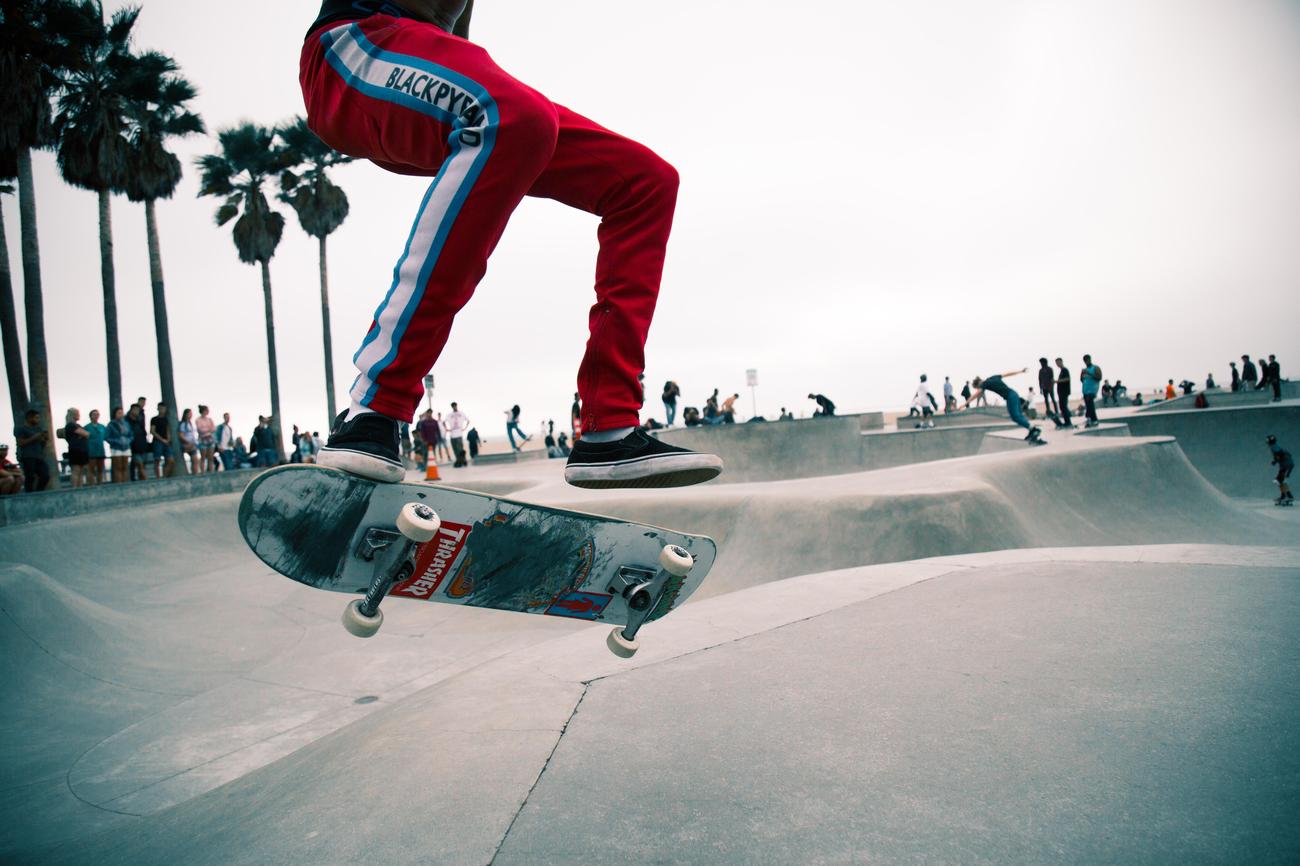Are you ready to lace up your skates and dive into the fascinating world of ice hockey? In this article, we will take a deep dive into the realm of hockey skates, exploring the intriguing facts that make them essential tools for players on the ice. From their design and materials to the unique features that set them apart, we will unravel the mysteries behind these vital pieces of equipment. So, whether you’re a die-hard fan or simply curious about the mechanics of the game, get ready to uncover the captivating secrets of hockey skates!

Interesting Facts About Hockey Skates
Hockey skates are more than just a tool for gliding on ice; they are a vital piece of equipment that can greatly impact a player’s performance on the rink. In this article, we will delve into some intriguing facts about hockey skates that will shed light on their design, features, and effects on gameplay. So, let’s lace up our skates and dive right in!
Goalie Skates: Finding Balance in Short Blades
Did you know that goalie skates have shorter blades compared to those of other players? This design choice is not just for aesthetics; it serves a specific purpose. The shorter blades on goalie skates enhance balance and make lateral movements easier for netminders. By reducing the length of the blade, goalies gain better control when shifting their weight from side to side. So, the next time you watch a goalie in action, pay attention to their swift movements and see how their skate blades contribute to their agility.
“Shorter blades on goalie skates provide netminders with improved balance and enhanced lateral mobility.”
The Distinct Difference: Hockey Skates vs. Figure Skates
While both hockey skates and figure skates serve the same purpose of gliding on ice, they are distinctively different in their design. One of the most notable differences is the presence of multiple edges on figure skates compared to the single smooth edge on hockey skates. Figure skates have edges on both sides of the blade, allowing skaters to perform intricate maneuvers and jumps that are characteristic of figure skating. In contrast, hockey skates prioritize stability and maneuverability, with a single smooth edge optimized for quick turns and sudden stops.
“Hockey skates and figure skates may appear similar at first glance, but their design and blade edges cater to the unique demands of each sport.”
The Blade’s Radiant Secret: Profiling and Its Marginal Gains
When it comes to skate blades, profiling plays a crucial role in optimizing a player’s performance on the ice. What exactly is profiling, you may wonder? Profiling is the process of adjusting the shape of skate blades to suit a player’s specific needs. Each blade comes pre-profiled from the manufacturer, often with a 9 or 10 ft radius. An individual’s weight, playing style, and personal preference can all influence the ideal profile for their skates.
“Profiling allows players to fine-tune their skate blades, tailoring them to their unique needs and playing style.”
The Quest for the Perfect Profile: Benefiting Advanced Players
While skate profiling can offer marginal gains for players of all levels, it is particularly beneficial for advanced and expert skaters. These players have honed their skills and require every possible advantage on the ice. By experimenting with different blade profiles, they can unlock improvements in acceleration, maneuverability, and overall performance. However, it’s important to note that beginners may not feel a significant difference in skate profiling, as they are still developing their fundamental skills.
“For advanced players, skate profiling opens up a realm of possibilities, offering small but impactful enhancements to their gameplay.”
Finding the Sweet Spot: Determining the Optimal Profile
When it comes to skate profiling, the only way to truly determine the optimal profile for a specific player is through trial and error. Different players have different needs and preferences, which means there is no one-size-fits-all solution. It’s important to experience different blade profiles firsthand and assess their impact on your skating abilities. Whether it’s a deeper or shallower hollow, a larger or smaller radius, finding the sweet spot will ultimately improve your performance and confidence on the ice.
“Everyone’s journey to finding the perfect skate profile is unique, and experimenting is key to unlocking your true potential on the ice.”
To summarize, understanding the intriguing facts about hockey skates unveils the meticulous design, intricate profiling, and the individualistic nature of this essential equipment. From the tailored blades of goaltenders to the distinct differences between hockey and figure skates, each element contributes to the overall performance and experience on the ice. So, next time you lace up your skates, remember the fascinating details behind this essential piece of hockey gear.
Hockey skates are not just a tool for gliding across the ice; they hold a world of fascinating facts waiting to be explored. From the unique materials used in their construction to the innovative technologies incorporated into their design, the realm of hockey skates is a captivating one. If you’re intrigued by the world of hockey skates and want to uncover some fun facts about them, look no further. Click here to dive into a treasure trove of knowledge about the inner workings and history of hockey skates – fun facts about hockey skates.
FAQ
Question 1: How are goalie’s skate blades different from those of other players?
Answer 1: Goalie’s skate blades in ice hockey are shorter than those of other players. This design helps improve their balance and makes lateral movements easier.
Question 2: How are ice hockey skates different from figure skates?
Answer 2: Ice hockey skates differ from figure skates in that they have only one smooth edge. This feature allows hockey players to achieve better maneuverability on the ice.
Question 3: What is the initial radius of new skate blades?
Answer 3: New skate blades come pre-profiled to a 9 or 10 ft radius from the manufacturer. This radius refers to the curvature of the blade, which affects maneuverability and stability on the ice.
Question 4: Does skate profiling provide significant benefits for beginners?
Answer 4: Skate profiling, which adjusts the shape of the blade, mainly provides marginal gains and is primarily beneficial for advanced and expert players. Beginners won’t feel a significant difference in skate profiling.
Question 5: How can players determine the optimal blade profile for themselves?
Answer 5: Trying different blade profiles is the only way to determine the optimal profile for a specific player. Each player’s preferences and skating style may vary, so experimentation is key to finding the most suitable blade profile.
- Discover Gueydan, Louisiana: Duck Hunting, Cajun Culture, and Southern Charm - November 21, 2024
- Discovering Viburnum, MO: Ozark Charm, Natural Beauty, and Small-Town Heritage - November 21, 2024
- Discover Pardeeville, WI: A Peaceful Village with Vibrant Charm - November 21, 2024
















